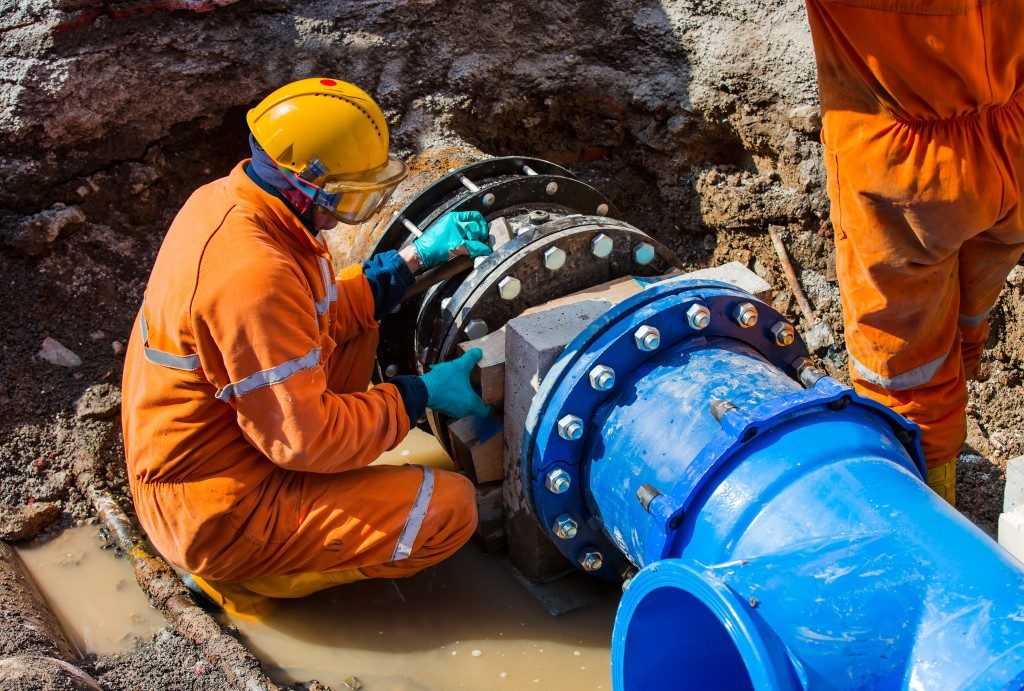If you’re living in Birmingham, Coventry, and the surrounding areas, you might want to consider working with a drain repair specialist.Your home may still be using clay pipes.

The History of Plumbing in the UK
The UK may be one of the most developed countries in the world, but some of its plumbing systems date back to many decades ago, including the use of clay pipes.Before you learn more about them, however, let’s retrace the history of the country’s plumbing. Contrary to popular belief, it’s not the Romans who introduced the concept.One of the earliest signs of sanitation was during the Indus Valley civilisation. During this period, homes possessed individual private toilets, which drained either into the surrounding waters or to a cesspit. The in-charge was then responsible for draining this pit regularly. It was the Romans, though, who popularised and improved plumbing until what it is today. During their reign, they built aqueducts and public baths. Their system helped introduce water in different qualities. This was significant because it meant some types of water were safe for drinking while others were only good for bathing. They also developed the means to deliver water to individual houses and public areas, as well as drain them as a form of sanitation or waste disposal. The Romans were also an empire, and around 2,000 years ago,they eventually conquered Great Britain. Around this time, tribes known as Celts lived in the country. The Romans were poised to secure the precious metals in Great Britain but also decided to settle here. Various settlements appeared, which meant homes and public buildings also had the same plumbing system.

From Lead to PVC
Although the Romans took plumbing to new heights, they also committed a grave mistake: they used lead. Lead was one of the earliest metals known to humans, so it seems understandable why the Romans decided to use it. It was durable enough to deal with strong water pressure, after all. It was such a popular metal that the Romans produced more than 75,000 metric tonnes of it annually. The term ‘plumbum’, which is the origin for ‘plumbing’, means lead. Over time, however, they discovered that lead could poison tap water. Many people died from poisoning, while others moved away from the primary source of water supply.The dangers of lead eventually gave rise to new kinds of drainage materials. One of these is clay, which can last for 50 to 60 years. Clay pipes are environment-friendly and don’t leak harmful chemicals or substances, unlike lead or copper. However, these drainage pipes are prone to fractures. This means dirt can seep into the water supply and roots can grow, endangering the stability of the system. For this reason, more cities are shifting from clay or copper to plastic pipes such as polyvinyl chloride (PVC).Plastic pipes can last for at least 100 years and are less prone to extensive cracks. If they do, it’s easier to remove and replace the damaged part. As they say, only one thing remains the same: change. While the UK has the Romans to thank for its plumbing today, it’s the new types of pipes that make water safer for consumption.
